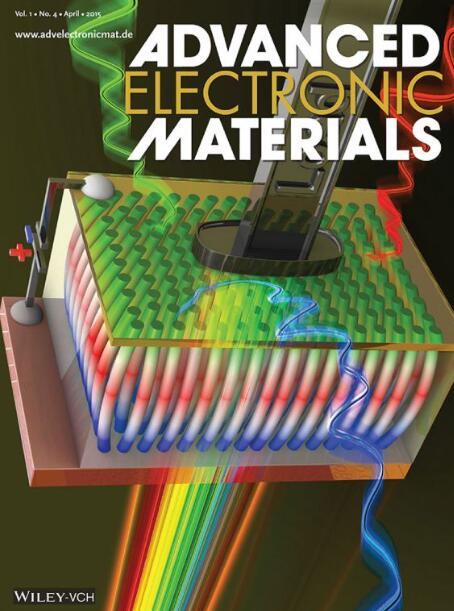Flash-Thermal Reduction of Graphene Oxide with Flexible Electronics Platform for Highly Sensitive Wearable Temperature Sensor
IF 5.3
2区 材料科学
Q2 MATERIALS SCIENCE, MULTIDISCIPLINARY
引用次数: 0
Abstract
Accurate and continuous temperature monitoring is essential for effective diagnosis and management of health conditions, particularly amid global challenges such as the COVID-19 pandemic and the rising prevalence of age-related diseases and cancer. However, conventional temperature-measuring devices suffer from inherent limitations, including rigidity, bulkiness, and insufficient sensitivity, making them unsuitable for long-term, real-time applications. To overcome these challenges, a highly sensitive and flexible temperature sensor utilizing partially reduced graphene oxide (PrGO) as the sensing material is developed. Graphene oxide (GO), characterized by disrupted sp2 bonds and oxygen-rich functional groups that act as electron traps, undergoes controlled reduction to modulate its electrical and structural properties. In this study, by employing the flash-thermal reduction technique, the reduction degree of the GO with systematic analyses on conductivity and material stability is precisely adjusted. The optimized flash-thermal reduced graphene oxide based sensor exhibits exceptional flexibility, reversibility, high sensitivity (≈1.28% °C−1), excellent linearity (R2 ≈ 0.999), long-term stability, and a rapid response time (≈0.6 s), outperforming conventional metal-based temperature sensors in sensitivity. These advancements highlight the transformative potential of flash-thermal reduction for next-generation wearable sensors, offering a lightweight, adaptable, and highly responsive platform for real-time medical monitoring and healthcare applications.

高灵敏度可穿戴温度传感器柔性电子平台氧化石墨烯闪热还原
准确和连续的温度监测对于有效诊断和管理健康状况至关重要,特别是在2019冠状病毒病大流行以及与年龄有关的疾病和癌症患病率上升等全球挑战中。然而,传统的温度测量设备存在固有的局限性,包括刚性,体积大,灵敏度不足,使其不适合长期,实时应用。为了克服这些挑战,利用部分还原氧化石墨烯(PrGO)作为传感材料的高灵敏度和柔性温度传感器被开发出来。氧化石墨烯(GO)的特点是sp2键被破坏,富氧官能团充当电子陷阱,通过控制还原来调节其电学和结构特性。本研究采用闪热还原技术,对氧化石墨烯的还原程度进行了精确调整,并对其电导率和材料稳定性进行了系统分析。优化后的闪热还原氧化石墨烯传感器具有优异的灵活性、可逆性、高灵敏度(≈1.28%°C−1)、良好的线性度(R2≈0.999)、长期稳定性和快速响应时间(≈0.6 s),灵敏度优于传统的金属基温度传感器。这些进步凸显了下一代可穿戴传感器在减少闪热方面的变革潜力,为实时医疗监测和医疗保健应用提供了一个轻量级、适应性强、响应速度快的平台。
本文章由计算机程序翻译,如有差异,请以英文原文为准。
求助全文
约1分钟内获得全文
求助全文
来源期刊

Advanced Electronic Materials
NANOSCIENCE & NANOTECHNOLOGYMATERIALS SCIE-MATERIALS SCIENCE, MULTIDISCIPLINARY
CiteScore
11.00
自引率
3.20%
发文量
433
期刊介绍:
Advanced Electronic Materials is an interdisciplinary forum for peer-reviewed, high-quality, high-impact research in the fields of materials science, physics, and engineering of electronic and magnetic materials. It includes research on physics and physical properties of electronic and magnetic materials, spintronics, electronics, device physics and engineering, micro- and nano-electromechanical systems, and organic electronics, in addition to fundamental research.
 求助内容:
求助内容: 应助结果提醒方式:
应助结果提醒方式:


